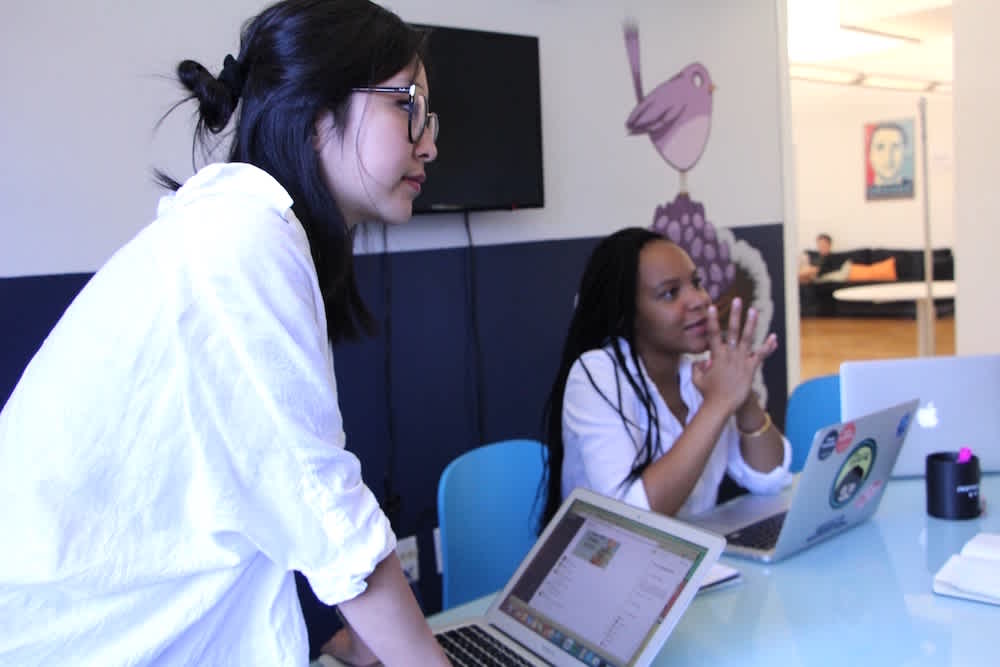In recent years, the “open plan” office became the organizational model of choice for hip and forward-thinking employers. In the early days of its growing popularity, the open office was believed by many to be a guaranteed way to improve employee communication and collaboration, and to nurture a general feeling of egalitarianism in the workplace. Plus, removing cubicles from the workplace allowed early adopters of the open office plan to save significant amounts of money on construction costs.
But now, in an age when social distancing has become the basic MO in all public spaces, the open office plan presents some challenges.
At this point, given the rapid changes happening all around us, it’s by no means clear exactly what the future of work is going to look like. What does seem to be undeniably clear, however, is that the open office plan as we have come to know it will need some significant changes to be a practical option in a post-pandemic world.
Before we speculate about what the “office plan of the future” might look like, let’s first take a look at some pros and cons of the open office plan.
Traditional Vs. Open Office Plans
So-called “traditional office plans” are based upon the idea that productivity can be maximized by minimizing face-to-face interactions among employees. According to this model, employee workstations should be separated by physical partitions or divided into cubicles.
The open office plan as we have come to know it will not be a practical option in a post-pandemic world without some significant changes.
Open office plans, on the other hand, are designed according to exactly the opposite premise. By removing the physical barriers between workstations, open office plans are supposed to increase productive communication, encourage spontaneous collaboration, and improve employee performance.
All of that sounds great in theory, but the reality of working inside of an open office can turn out to be quite different.
The Disadvantages of the Open Plan Office
Originally, open office plans were embraced wholeheartedly by employers who had grown tired of the restrictive nature of traditional offices. The logic behind the design seemed simple enough: The development of new ideas requires free-flowing communication, after all, so the removal of all barriers that prevent such communication from occurring can’t be anything but good... right?
The “office plan of the future” will most likely be some sort of happy medium between open and traditional office plans.
The simple answer is: it isn’t quite that simple. Here are some drawbacks of working in an open office:
More distractions in the workplace: Sounds travel easily through an open office. And most of the time, it’s not the sounds of productive brainstorming that fill the air, but rather the background noises of typing, eating, idle chatter, and ringing phones. To state the obvious, it can be hard to focus amid all that noise.
Decreased levels of employee satisfaction: Some studies suggest that employees tend to be more satisfied at work when they’re able to focus and work without distraction.
Lack of privacy: In a traditional office plan, employees have their own private space. That’s obviously not the case in an open office plan. The feeling that your conversations are being overheard can actually lead to a lack of collaboration, and may even lead to a long-term drop in morale.
Less ability to practice social distancing: Without physical partitions separating employee workspaces, it may be more difficult to effectively practice social distancing and follow CDC and other official guidelines regarding workplace hygiene and safety during a pandemic. This is obviously an issue right now with COVID-19, but may also increase likelihood of transmission of other illnesses, such as during cold and flu season.
How the “Office Plan of the Future” Looks
For all of the reasons outlined above, some believe that open office plans are going out of style. The COVID-19 crisis, furthermore, has only accelerated this process.
The broad, open walkways that are characteristic of open offices should be designated to only accommodate one-way foot traffic.
Now that millions of employees have been forced to start working remotely, employers are beginning to wonder what the future of work might look like. Given the fact that businesses and workplaces across the country are slowly but steadily beginning to reopen, it seems virtually certain we’ll eventually return to some degree of pre-pandemic normalcy. At the same time, there are a number of new norms that employers will have to take into account when designing their workplaces in the age of COVID-19.
The bottom line is that the ideal “office plan of the future” will most likely be some sort of happy medium between open and traditional office plans, with infrastructure and policies in place to ensure social distancing measures consistent with government guidelines and regulations for as long as public health requirements demand.
Here are a few specific examples of what that might look like:
The broad, open walkways that are characteristic of open offices should be designated to only accommodate one-way foot traffic.
Glass partitions or other barriers should be put in place between employee workstations to prevent the spread of disease.
Wherever possible, employee workstations should be separated by at least six feet.
Employers should consider adopting a “split-team policy,” whereby groups of employees alternate between coming into the office and working from home.
Employers should also be sure to carefully review and understand the OSHA return to work guidelines, CDC “Resuming Business Toolkit,” and U.S. Chamber of Commerce State-by-State Business Reopening Guide.
Click here to learn more about what employers can do to facilitate a safe and efficient return to work during the pandemic.
Simplify the Return to Work with Justworks
In the midst of the COVID-19 crisis, best practices have been in a constant state of flux. Open office plans are just one example of a workplace norm that is changing because of the pandemic. For employers, it can be challenging to keep up with all of the changes — and to formulate a reopening strategy accordingly.
Whether you plan to return to an office or keep a remote work environment, working with an outsourced HR partner like Justworks can help. We make it easier for small business owners to confidently and competently adapt to a rapidly changing business environment. With features like streamlined employee onboarding, multi-state compliance support, and 24/7 customer service, Justworks will be there to help your team thrive.
Learn more with Justworks’ Resources
Scale your business and build your team — no matter which way it grows. Access the tools, perks, and resources to help you stay compliant and grow in all 50 states.






